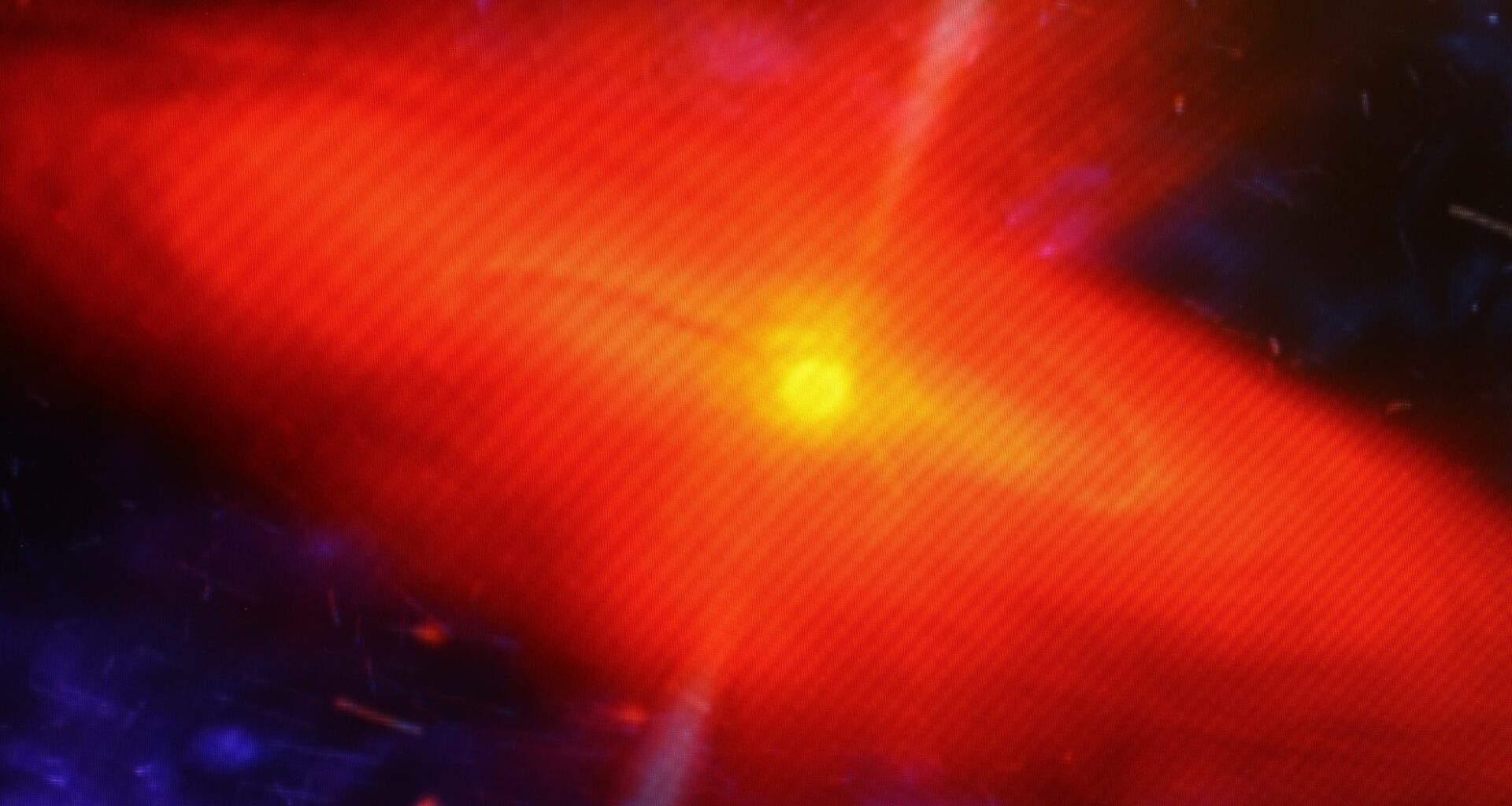Our universe might not expand forever. Based on evolving data about dark energy, physicists now propose a model in which the cosmos could stop expanding and collapse into a “Big Crunch” in about 20 billion years. This scenario depends on whether dark energy is indeed changing over time—a possibility some recent results seem to support.
The theory, developed by physicists Hoang Nhan Luu, Yu-Cheng Qiu, and Henry Tye, outlines a finite lifespan for the universe. They estimate a total age of 33.3 billion years, leaving less than 20 billion years before everything begins contracting. This model, if confirmed, challenges the widely accepted view that the universe will keep expanding indefinitely.
Revisiting the Cosmological Constant
At the center of this model is Einstein’s cosmological constant (λ), a term originally added to equations of general relativity to account for the universe’s expansion. For decades, scientists believed λ was positive, implying a constant outward push driving eternal expansion. However, according to ScienceAlert, new calculations point toward a small negative λ, suggesting a force pulling inward instead.
Physicist Henry Tye, of Cornell University, explains that “for the last 20 years, people believed that the cosmological constant is positive,” but “the new data seem to indicate that the cosmological constant is negative.” This shift means gravity could eventually overcome expansion, leading to a cosmic reversal.
While current evidence doesn’t eliminate the possibility that λ is zero, the best-fit model used by the research team incorporates a small negative value. This could be sufficient to halt and reverse the universe’s expansion if other conditions align.
The Role of Axions in Cosmic Dynamics
Another element in the model is the axion, a hypothetical ultra-light particle. Rather than acting as individual particles, axions may form a smooth field throughout space. First introduced to solve problems in particle physics, they are now being used to help explain dark energy’s influence on cosmic behavior.
According to the study, in the early universe, the axion field provided a gentle outward force. This helped drive the initial expansion phase. Today, that push continues, albeit at a slowing rate. Tye and his colleagues suggest that in about 11 billion years, this outward force would weaken enough for the inward pull of the negative cosmological constant to dominate.
This transition point would mark the end of expansion. From that moment, the universe would begin shrinking, contracting into a singularity roughly 8 billion years later—a phenomenon known as the Big Crunch.
An Uncertain Yet Possible Outcome
The Big Crunch scenario remains theoretical. While the model aligns with recent hints about changing dark energy, researchers stress that it’s not a forecast. As noted in t, “a lot more data-crunching will be needed to determine whether dark energy is, indeed, evolving.”
Tye emphasizes the broader philosophical interest: “For any life, you want to know how life begins and how life ends… it’s also interesting to know, does [the universe] have an end?” For decades, cosmology operated on the assumption that expansion would continue indefinitely. Now, if dark energy is dynamic rather than constant, that assumption may no longer hold.
For now, the paper offers one possible framework—not a definitive prediction—about how the universe might ultimately conclude. More observations and theoretical refinements will be required to determine if this scenario reflects the cosmos’s true trajectory.

